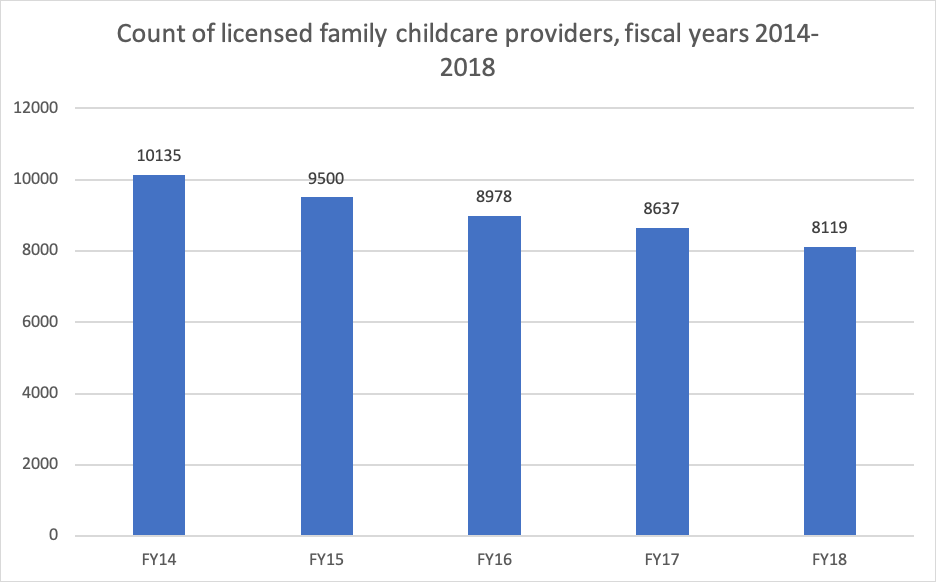The childcare crisis is a problem for the whole state, but greater Minnesota has it worse
There is a crisis in the state of Minnesota; parents are having a hard time accessing high-quality affordable childcare services. But while this is an issue afflicting the whole state, greater Minnesota has it worse, as a map from the University of Minnesota on childcare access illustrates.
Why is this the case?
There are two types of providers: licensed center-based care — which can care for large groups of children usually in large commercial — and family childcare providers who usually care for children in their own homes and are limited to a fewer number of kids.
Centers are usually expensive to set up, so they charge high tuition. Centers also need high enrollment in order for providers to recoup their tuition, so they are suitable for densely populated areas.
Rural Minnesota is sparsely populated. Moreover, parents, there have low incomes, so they cannot afford the high prices that are charged by centers. This, in turn, makes rural areas less attractive markets for licensed centers.
Family childcare centers, on the other hand, are less costly to set up, so they tend to be more prevalent in rural Minnesota. However, in recent years, family childcare providers have been exiting the market at an alarming rate, leaving rural Minnesota wanting.
Family childcare closures
According to recent data from the Minnesota Department of Health and Human Services (DHS), for example, between 2014 and 2018, the number of family childcare providers declines by 20 percent. And while there has been a growth in licensed centers, this growth has been concentrated in the metro region. So, greater Minnesota has been the biggest loser from this trend.

But why are family childcare providers leaving the market? Some of it has to do with demographics. Older childcare providers, for example, are retiring. And younger Minnesotans delay buying a house, so there hasn’t been a big wave of new family childcare providers to replace the retirees.
But outside of those demographic trends, overregulation is also to blame for this trend. Specifically, family childcare providers complain that rules are sometimes enforced punitively, or inconsistently by county licensors. Not to mention that the regulatory landscape keeps changing and getting more complex each day.
For example, due to some changes in federal assistance programs, Minnesota has had to tighten training as well as paperwork requirements, which has raised costs for providers, prompting some to exit the market, especially since training courses are hard to find in rural Minnesota.
Greater Minnesota needs special attention
With the COVID-19 pandemic driving costs even higher for providers, the childcare crisis will likely get even worse for our state. Policymakers certainly need to act, but greater Minnesota does deserve special attention.